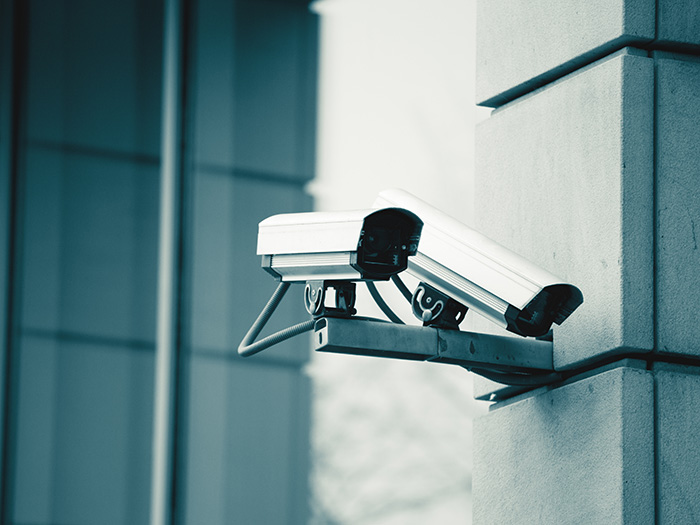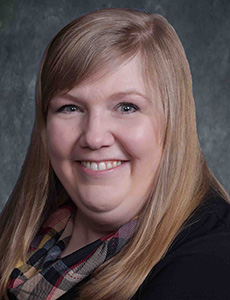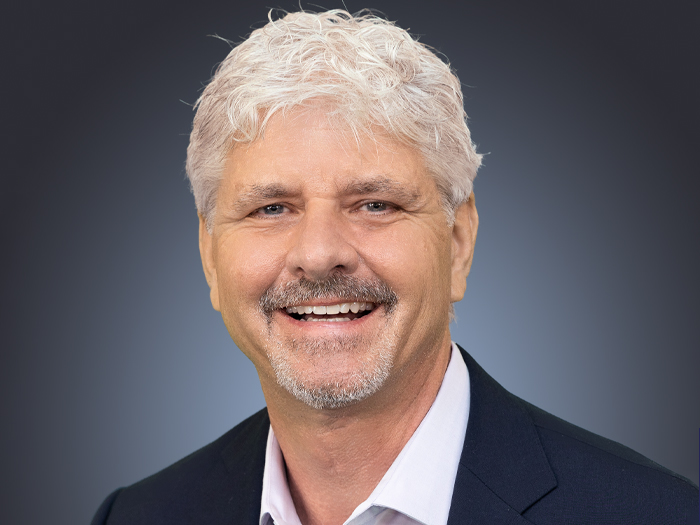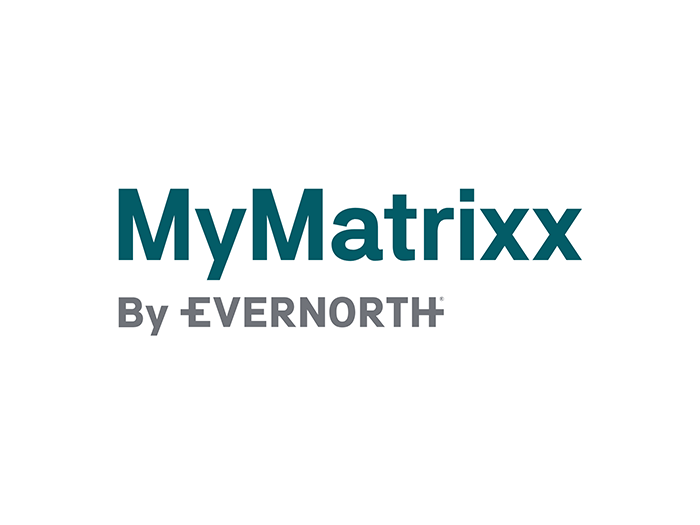Sponsored Content by Engle Martin
Three Ways an Expert Adjuster Helps Minimize the Impact of Negligent Security Claims

Whenever you walk into an establishment, you expect that the property owner has taken basic precautions to keep you safe. You expect parking areas to be well-lit, security cameras to be fully functioning, and areas of entry and exit to be monitored.
Unfortunately, incidents inevitably still happen, and when they do, victims want to hold someone accountable.
Property owners can face a negligent security claim if the victim of a robbery, assault, or other crime believes that the owner did not take reasonable steps to keep visitors safe and reduce the possibility of such an attack.
“All premises liability claims center on the duty of a property owner or manager to provide a safe environment for visitors, customers, or residents. Negligent security claims are a subset of premises liability specific to the duty to prevent criminal activities from taking place,” said Natalie Prescott, Casualty Claims Manager at Engle Martin & Associates, a leading national loss adjusting and claims management provider.
These claims can be quite complex and emotional. Managing them correctly is critical to ensure that victims get the justice they deserve, and property owners are treated fairly through the process.
Here are three ways the right adjuster can help to resolve complicated claims quickly, and help property owners prevent incidents in the future:
-
Thorough Investigations Solve the Puzzle of Foreseeability

Natalie Prescott, Casualty Claims Manager at Engle Martin & Associates
Most negligent security claims hinge on the concept of foreseeability – did the property owner know or should they have known about a security risk? This will ultimately determine whether an owner will be held liable for a criminal act but can be difficult to prove.
A comprehensive investigation is key to building grounds for either establishing or disproving the foreseeability of a crime.
“Our team investigates from every angle,” Prescott said. “At the location of the incident, our casualty adjusters are trained to inspect all aspects of potential security risks including, but not limited to the lighting of the property, the presence and function of fencing, gates, surveillance cameras, and whether there are security guards on site.”
Digging into a property’s history also elucidates what’s considered ‘normal’ and what activities owners should reasonably have anticipated. A history of break-ins or muggings, for example, would establish that the owner knew about the risk, and therefore, should have strengthened security measures in response.
“Our team also reviews social media and online reviews for previous complaints about security issues at the property to assess how the property has responded. If property owners issue warnings about criminal activity and share their efforts in enhancing security, for example, that bolsters their defense,” Prescott said.
“All of these pertinent details help to build a narrative surrounding the incident and establish whether the property owner really did everything they could to prevent an incident from occurring.”
-
Sensitivity Resolves Emotionally Charged Claims Faster
The duty of care shouldered by property owners can vary depending on what type of facility they operate. A retail shopping center with limited hours, for example, may have a lower duty of care than an assisted living facility that is charged with caring for at-risk residents around-the-clock.
A higher-risk facility, as determined by the vulnerability of residents or visitors, can also attract more negative attention if negligence is presumed. That, in turn, could potentially drive up the value of an ensuing settlement or verdict.
Sensitivity goes a long way in mitigating that effect.
“The claimants are usually not just physically injured, but they are also mentally traumatized. Adjusters have to be very empathetic when it comes to interactions with victims, which is a skill our team possesses and continually strives to cultivate and develop,” Prescott said.
Speed is also of the essence. With social media and a 24-hour news cycle, bad news can quickly blow up in an insured’s face, and the truth can get lost in the emotion of the incident.
“It’s imperative that we investigate these claims quickly and communicate openly with all parties to put minds at ease and resolve matters before frustrations boil over,” Prescott said.
-
Collaboration Paves the Way for Loss Prevention
Investigations are about finding ways to reduce risk as much as they are about resolving a claim. An experienced adjuster should also act as a trusted loss advisor, making note of opportunities for improvement that can help the insured avoid future claims related to the property, be it negligent security or premises liability.
“On any type of inspection that we do, we’re always looking for the possibility of other hazards that might lead to other claims. If we’re investigating a simple trip and fall, for example, we might also notice unrelated security issues like a broken gate or an unlocked door that should be secured,” Prescott said.
Turning potential hazards into preventive action requires solid relationships with both insureds and underwriters. Ultimately, underwriters need to be aware of a property’s true exposure as they are best positioned to compel property owners to make necessary security updates.
“We are the carrier’s eyes and ears in the field, and we always relay our concerns and observations to them,” Prescott said.
“Our team also works hand-in-hand with the policyholder to make sure they understand the implications of our investigation. Communication with all parties is key, and we help everyone get on the same page, which ultimately leads to increased safety, fewer claims, lower costs, and less stress for everyone.”
What Sets an Adjuster Apart?
To effectively resolve and prevent negligent security claims, adjusters need specialized expertise in the risk, excellent communication skills, and the ability to respond quickly.
Engle Martin & Associates invests in the continual development of their national casualty adjusting team. Engle Martin categorizes their casualty adjusting team into four distinct groups: Casualty Adjuster, Senior Casualty Adjuster, General Casualty Adjuster, and Executive Casualty General Adjuster. This structure gives the team the ability to match the appropriate skill level to the claim. Currently, several adjusters are designated Executive Casualty General Adjusters (ECGAs). This is the highest-level designation within the casualty division. The ECGAs have the experience and expertise to handle more complex casualty-related claims. Knowledge from the ECGAs is transferred to less experienced adjusters via a structured mentorship program, which ensures the continuity of a high-level of service for clients.
“Our casualty team never outsources work or uses independent contractors, which allows us to create a cohesive culture and consistency in what we do. Clients know what they are getting with an Engle Martin adjuster,” Prescott said. “And because of our national spread, we are able to get to incidents quickly.”
Amid the disruption of the COVID-19 crisis, many policyholders and insurers alike are worried about the ability of their partners to make good on their promises. Thanks to a robust virtual claims service, Prescott is confident that the consistency, agility and responsiveness that Engle Martin adjusters bring will continue uninterrupted.
“Our adjusters have stepped up to implement a virtual solution to keep claim service going. Despite the uncertainty we’re all dealing with, we remain committed to looking forward, and our clients remain our top priority,” she said.
To learn more, visit https://www.englemartin.com/loss-adjusting/casualty-adjusting/.
This article was produced by the R&I Brand Studio, a unit of the advertising department of Risk & Insurance, in collaboration with Engle Martin. The editorial staff of Risk & Insurance had no role in its preparation.










